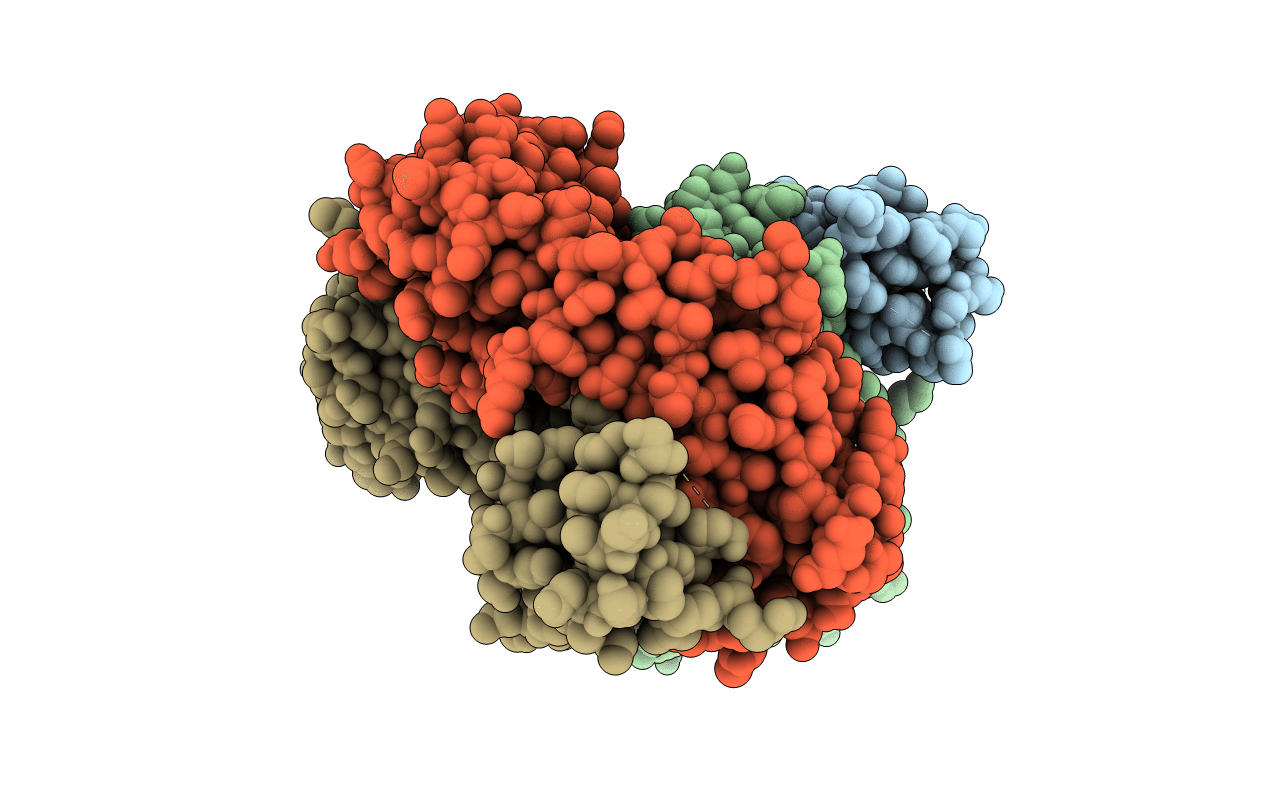
Deposition Date
2009-07-24
Release Date
2009-11-17
Last Version Date
2024-10-09
Entry Detail
PDB ID:
3IFO
Keywords:
Title:
X-ray structure of amyloid beta peptide:antibody (Abeta1-7:10D5) complex
Biological Source:
Source Organism:
Mus musculus (Taxon ID: 10090)
HOMO SAPIENS (Taxon ID: 9606)
HOMO SAPIENS (Taxon ID: 9606)
Host Organism:
Method Details:
Experimental Method:
Resolution:
2.15 Å
R-Value Free:
0.21
R-Value Work:
0.16
R-Value Observed:
0.16
Space Group:
P 21 21 21


